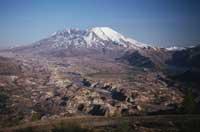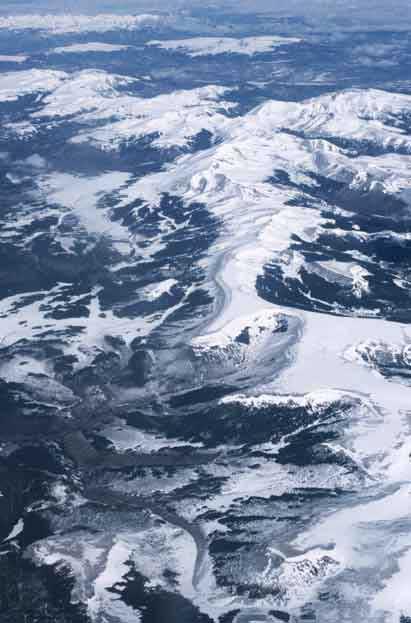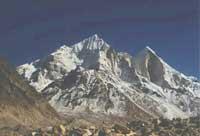Mountains create monsoons
2001/05/04 Galarraga Aiestaran, Ana - Elhuyar Zientzia
According to the latest studies, the monsoons were formed little by little, as a result of a spectacular rise of the plain 8-10 million years ago and an increase of less than 3,6-2.6 million years. These investigations have been carried out by climatologists and geologists from the United States and China, analyzing the traces of the Asian climate and the records of tectonic movements of the last 10 million years.

Today, the monsoon presiding over the continental climate directs the plains surrounding the Himalayan mountains. In summer, the Tibetan plain is a semi-open oven to the atmosphere. The warm air over the plain is mixed with the wet wind entering the Indian Ocean. Thus arise the monsoon summer rains. In winter it happens upside down; the plain behaves like a large piece of ice, cools the air above and quickly moves it down to the Indian Ocean.
Prior to the formation of the plain, the Asian climate did not present such fluctuations. Probably in the south it was warm and humid and gradually towards the north it became colder and drier.
Sediments studied in the Indian Ocean, the Pacific and China indicate that 8-10 and 3,6-2.6 million years ago monsoon winds strengthened. For example, unicellular marine fossils retain the footprint of monsoons' influence on ocean foods.
However, they must conduct further studies to verify their theory, since the analyzed geological records are very limited. However, researchers believe they are on the right track.

Gai honi buruzko eduki gehiago
Elhuyarrek garatutako teknologia





